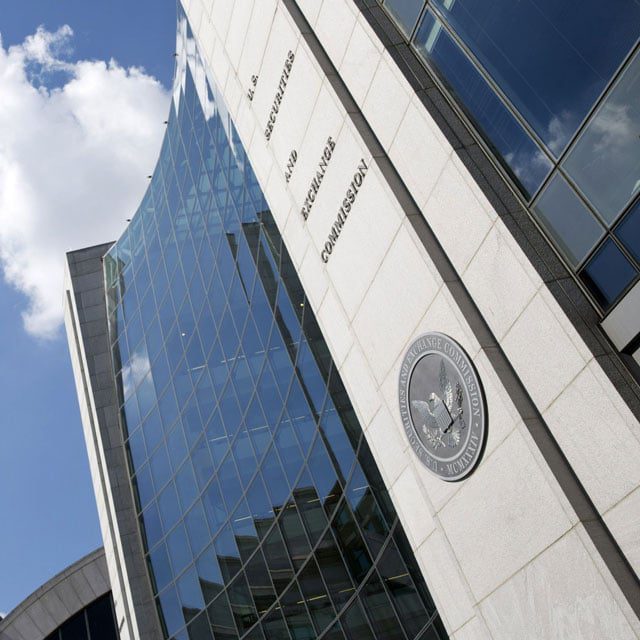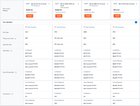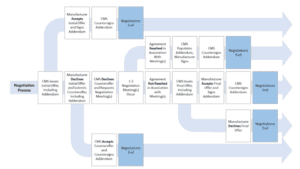Guardian Unveils Its First RILA, After Dialogue With SEC

Annuity issuers like RILAs because they can power the index menus with derivatives, rather than having to develop investment fund management teams, and because they can use product features to control how much investment risk they assume.
RILA sales accounted for $47 billion of U.S. insurers’ $385 billion in individual annuity sales in 2023, according to LIMRA issuer survey data.
The Guardian annuity: Guardian is writing the new annuity through a Delaware-based subsidiary, The Guardian Insurance & Annuity Company.
In most states, the minimum premium payment that can be made without special approval is $25,000 and the maximum payment is $1 million.
The company will not sell the contract on Feb. 29, to avoid any leap year-related problems involving provisions linked to contract purchase anniversaries.
In 2022, Michael Kosoff, an SEC attorney, talked about the agency’s expectations for RILA disclosures at a Life Insurance Products Conference organized by American Law Institute Continuing Legal Education, and Guardian’s SEC filings show that it added several warnings that reflect Kosoff’s remarks.
Guardian responded to the SEC prospectus reviewers’ comments by adding these disclaimers:
“The prospectus describes all material rights and obligations of annuity purchasers under the contract.”
“This is not an index fund or an investment in any underlying fund. Index-linked annuity contracts are complex insurance and investment vehicles. Investors should speak with a financial professional about the contract’s features, benefits, risks, and fees, and whether the contract is appropriate for the investor based upon his or her financial situation and objectives. You could lose money under the contract.”
“The company’s obligations under the contract are subject to the creditworthiness and claims paying ability of the company.
“If you invest in an IPCS [(index protection and crediting strategy)] with the lowest level of protection currently offered (the -10% buffer), you could experience losses up to 90% at the end of the strategy term due to negative index performance.”
SEC headquarters building in Washington. Credit: Bloomberg






